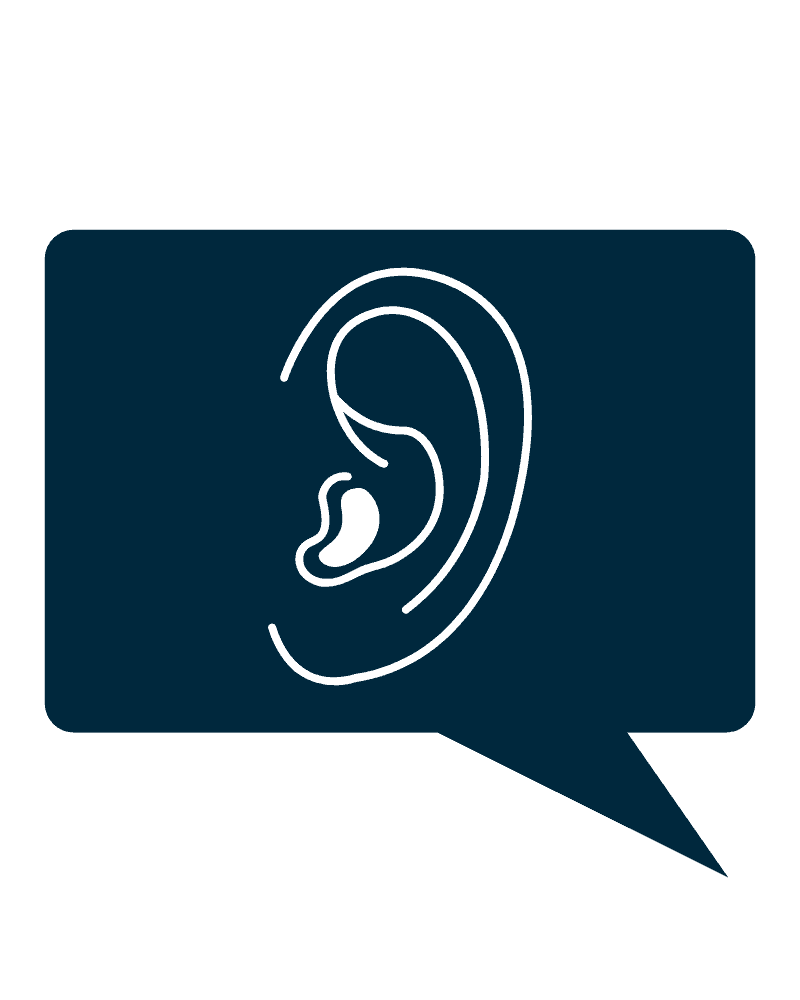We’re starting a petition for a world with more transparent and more productive phone calls. Did you know that companies in the US lose $62 billion a year as a result of poor customer service? That’s a huuuuuuuge number and it seems like we could lower it a bit with some concentrated effort. We know there are numerous ways to communicate with your customers these days. Texting, email, social media, Slack… the list goes one. But let’s take it back to the basics and focus on good old fashion phone calls. Here are some great tips on how you can improve your customer communication, retention and satisfaction via the phone.
Stay Calm in the Face of Triggered Customers
Let’s just get it over with here at the start. Angry customers expressing their feelings can make for some pretty exhausting/awkward/frustrating phone calls. Your job is to somehow turn these extremely unpleasant calls into positive experiences that will leave your customers happy. But in order to do this, you need to calm down (direct quote T Swift). This is probably best done by taking lots of deep breaths and trying to understand where your customer is coming from. Put yourself in their shoes and try to understand their pain points.
Use Positive Language
Customer calls should be honest and transparent, yet tinted with rose colored light. For example, instead of saying “sorry to keep you waiting,” say “thanks so much for your patience.” Switch, “no we can’t,” for “here are all the great things we can do for you.” This small shift in wording can change the entire outcome of a call. It’s also important to keep your customer in the present moment, rather than dwelling on issues of the past. So use future tense to keep things present and positive. Some examples of this would be: “I will find that out for you, great question,” or “We will work hard to find a solution.”
Here are some other positive phrases to implement:
- I definitely will make sure that it gets sorted…
- I absolutely agree with you…
- I can certainly help you…
- That is exactly right…
- I completely agree with you…
- I will quickly run through this with you…
- That is a fantastic alternative…
- Great news!
- That is an excellent suggestion…
- I hope you enjoy your…
- Yes, it is essential that you…
- It would definitely be ideal, considering your situation….
- I can highly recommend…
- That it is an interesting idea…
- That is personally my favorite option…
Practice Active Listening
Active listening is defined as a technique that is used in counseling, training, and solving disputes or conflicts. It requires that the listener fully concentrate, understand, respond and then remember what is being said. This form of listening is essential for great customer service. Using this form, approach each conversation with the goal to focus on your customer and learn something from them. Don’t interrupt and let your customer speak for as long as they want. When they are finished, ask clarifying questions and then quickly summarize their concern to make sure you understand completely. Also use the customer’s first name throughout the conversation to help them feel important and validated.

Empathize
Micah Bennett of Zapier said, “I’m constantly blown away at how appreciative people are when they get human replies. Years of uncaring or even hostile support experiences have set the bar so low for their expectations that they get excited by genuine answers.”
Empathy is everything when it comes to customer service. Even if you aren’t naturally an empathetic person, you can acquire the trait through practice. It will make your customer feel understood and quickly calm down a conflict to create a productive atmosphere. Even if you can’t fix the situation right away, use empathy to affirm your customer’s feelings and show that you understand their frustration. Use phrases like, “I can see how this must have been very frustrating,” and “I see where you’re coming from.”
Don’t Make Customers Wait
A sure way to add heat to the fire is by making your customer wait to hear from you. If they’ve left you a voice message, respond immediately. If they’ve sent you an email asking for a call, call right away. This seems like common sense but life gets busy and it’s easy to forget to call someone back. Try calendaring in returning calls to your customers so that it becomes a priority.
Correct Contact Information
Is your contact information correct across the web? Is it consistent on your social media profiles? Your email signature? A customer calling an incorrect phone number will definitely lead to frustration, so double check that all your contact info is correct.
Brush up Your Small Talk Game
An essential way to improve customer phone calls is by incorporating just the right amount of small talk. It helps you to connect with your customer and reminds them that you’re a real human too. Customers want to be treated like people and that means it’s important to get to know them. Here are some great conversation ideas if the art of small talk isn’t quite your forte. Try using one of these in your next conversation:
Weather: Start with, “How’s your day going in _____. Great weather we’ve been having. Any fun plans for the warm weather?” This may be the easiest conversation starter in the books.
Weekend Plans: Remember that people love talking about themselves… and people also love the weekend. if it’s a Thursday, Friday or Monday… turn the conversation to the weekend. Ask about plans or fun things to do in their local area.
Work: We all have this in common. Ask if they’re having a busy time right now. Have any fun events coming up? Empathize with that Monday grind. Compliment their branding.
Travel: Does your customer have any fun trips coming up? Or have they been to a place you’d like to travel to? Or keep it local and ask for restaurant recommendations inspired by one of your favorite world cuisines.
Make a Connection: This is one of the best ways to make a lasting impression on your customers. “I noticed you’re located near ______. Have you ever been to Joe’s Pizza in that area? It’s the best.” or “I’m actually looking for a good dentist, do you know of anyone?” A connection will happen if you’re focusing on naturally making one.
Proactively Follow Up
If your customer’s concern takes some looking into, make sure to follow up on progress within 24 hours. Even if you don’t have an answer yet, let your customer know you’re working on it. If you know it might take you a week or two to get a solution, or if you’re going to be busy or out of town, let your customer know. If you’re up front and transparent, you’ll prevent frustration. If your customer is following up frequently, respond with happy, positive vibes. Remember to always end your conversations with “is there anything else I can do for you today?” and actively listen to their responses. In addition, if they bring up a new concern or question, make a note to follow up on that as well.
Ask Your Customers for Feedback
Good customer service takes constant practice and dedication. It also depends on customer data and analytics. The only way to really know how you’re doing is by asking your customers. A great gage to understand where you’re at is through your Net Promoter Score (NPS). To calculate your score, you ask your customers, “How likely is it that you would recommend our service to a friend?” They then respond with a score from 0-10. People who reply with a 9 or 10 are called Promoters, while those with a score of 0-6 are Detractors. Anybody who gives a score of 7-8 are labeled Passives. Your NPS score is then built over time and gives you a gauge of where you stand with your customers. The score can be as low as -100 and as high as +100. Generally, a score above 0 is considered good and 70+ is exceptional.
Using Your NPS Score
Once you have gathered data and know who your Promoters, Detractors and Passives are, you can set up customized campaigns to engage with each group. For example, at Charles Schwab, they have a team entirely dedicated to reaching out to Detractors. Their sole purpose is to engage with customers, listen and learn about their problems to work towards a solution. Now if you’re an owner of a small agency, this probably isn’t a practical tactic. But even if you don’t have a whole team devoted to Detractors, you still should schedule time throughout your week to engage with those who have given scores of 0-6. A similar methodology should be used for Passives as well. Consider upping your communication game with those who have given you an average score. Offer perks, giveaways and discounts to this group in order to bump up their scores.
The whole goal of the Net Promoter approach is to motivate an organization to become more focused on improving the customer experience and their service offerings. Since it measures customer loyalty, it will allow you to significantly improve churn rates and lengthen the lifecycle of your customer. At Lift Local, we even use the NPS method to gauge the loyalty and satisfaction of our employees. Collecting feedback from employees in this manner allows us to focus and improve overall culture and organization. It’s a simple way for both your customers and employees to express feelings and concerns. And the best thing about the NPS system is that it’s trackable and consistent.
A Helping Hand
The moral of the story is that you should always be offering help and support to your customers. At Lift Local, we’re here to do that for you too. Feel free to fill out the form above with any questions you might have. We’d love to hear from you.

